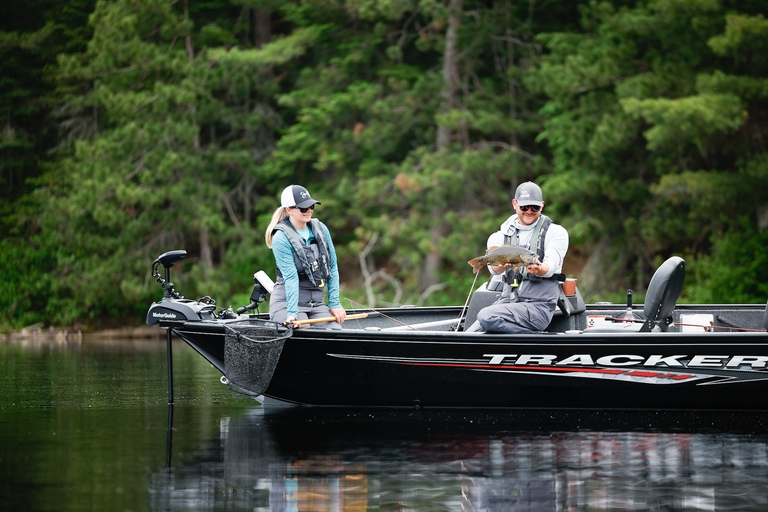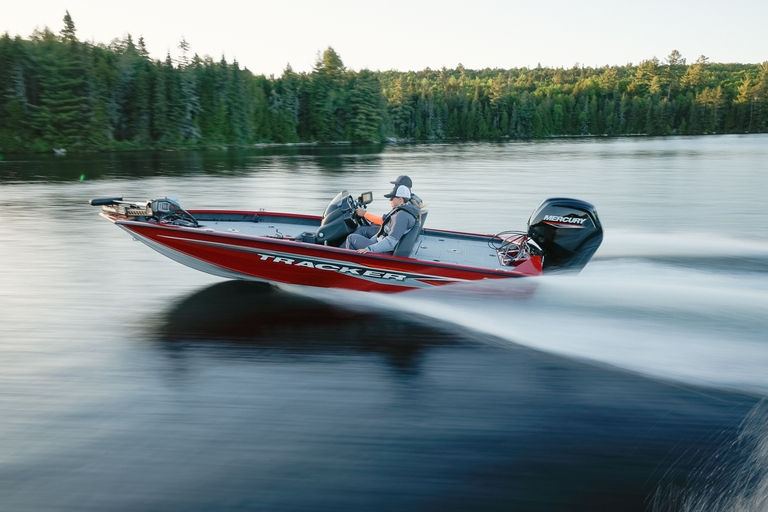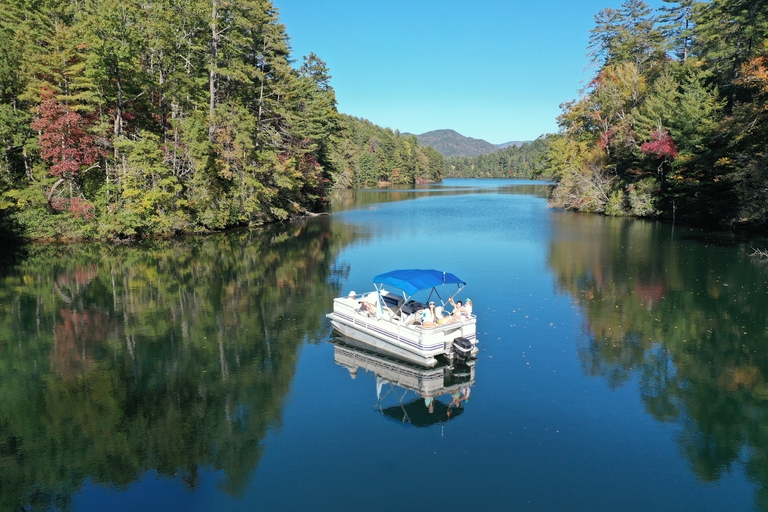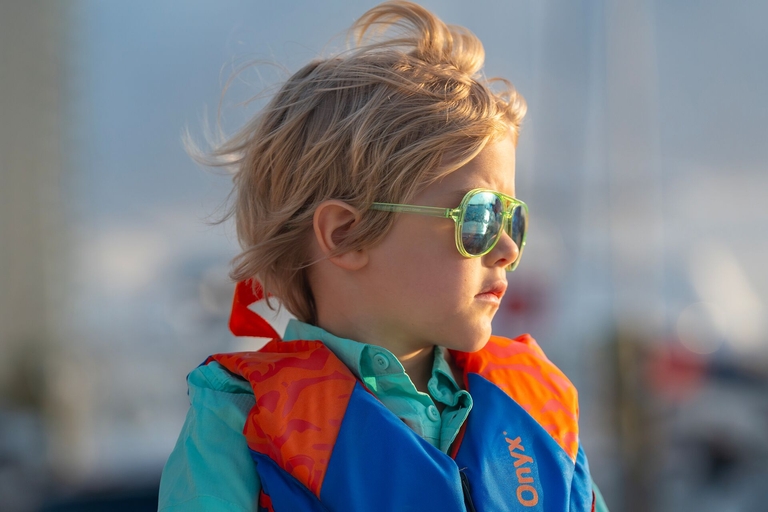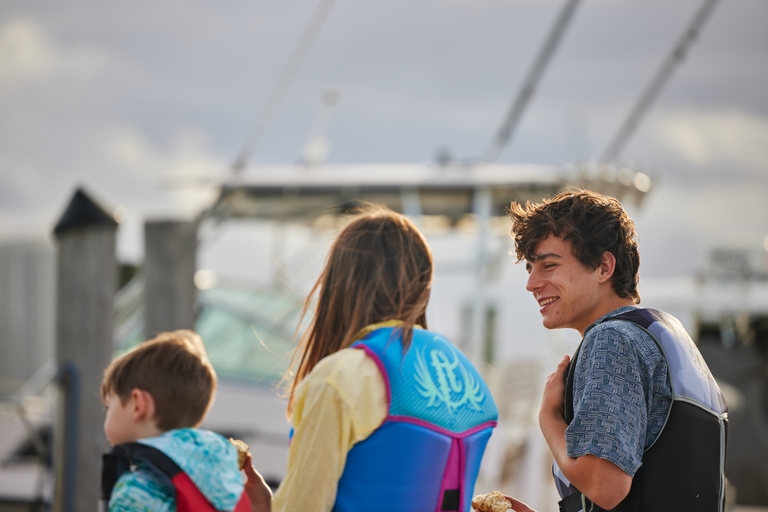What Are Type 3 Life Jackets, and When Should You Wear One?
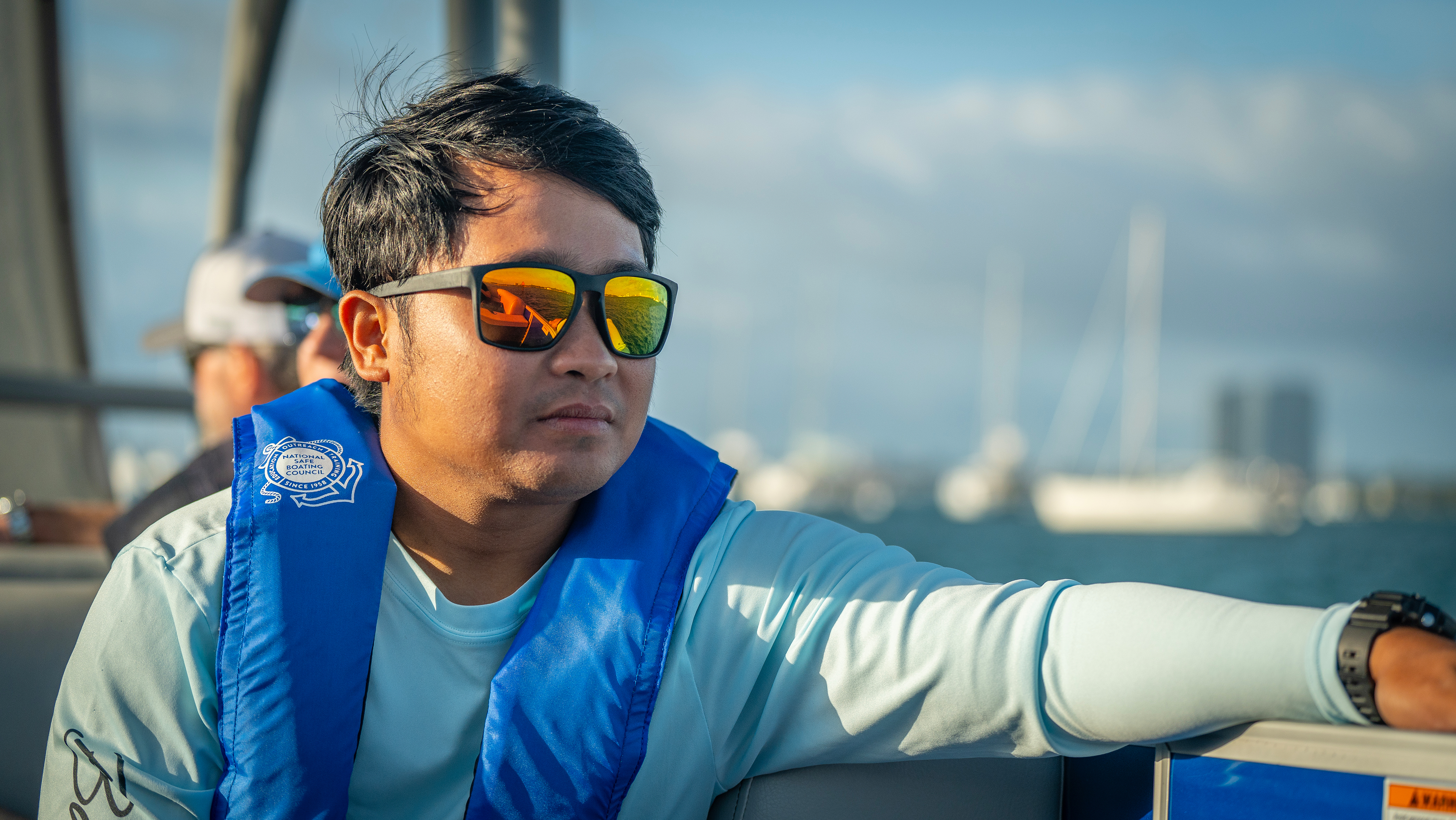
Updated June 17, 2025
Which lifejacket is the right one?
The variety of life jackets on the market reflects the diversity and changing requirements of water sports and boating activities. While any life jacket is better than none, matching the jacket type to your intended purposes out on the water will make you more comfortable, confident, and, most importantly, safer.
What are Type 3 life jackets? Today, we look specifically at this type of life jacket and the circumstances in which you should wear this one vs. other types of lifejackets.
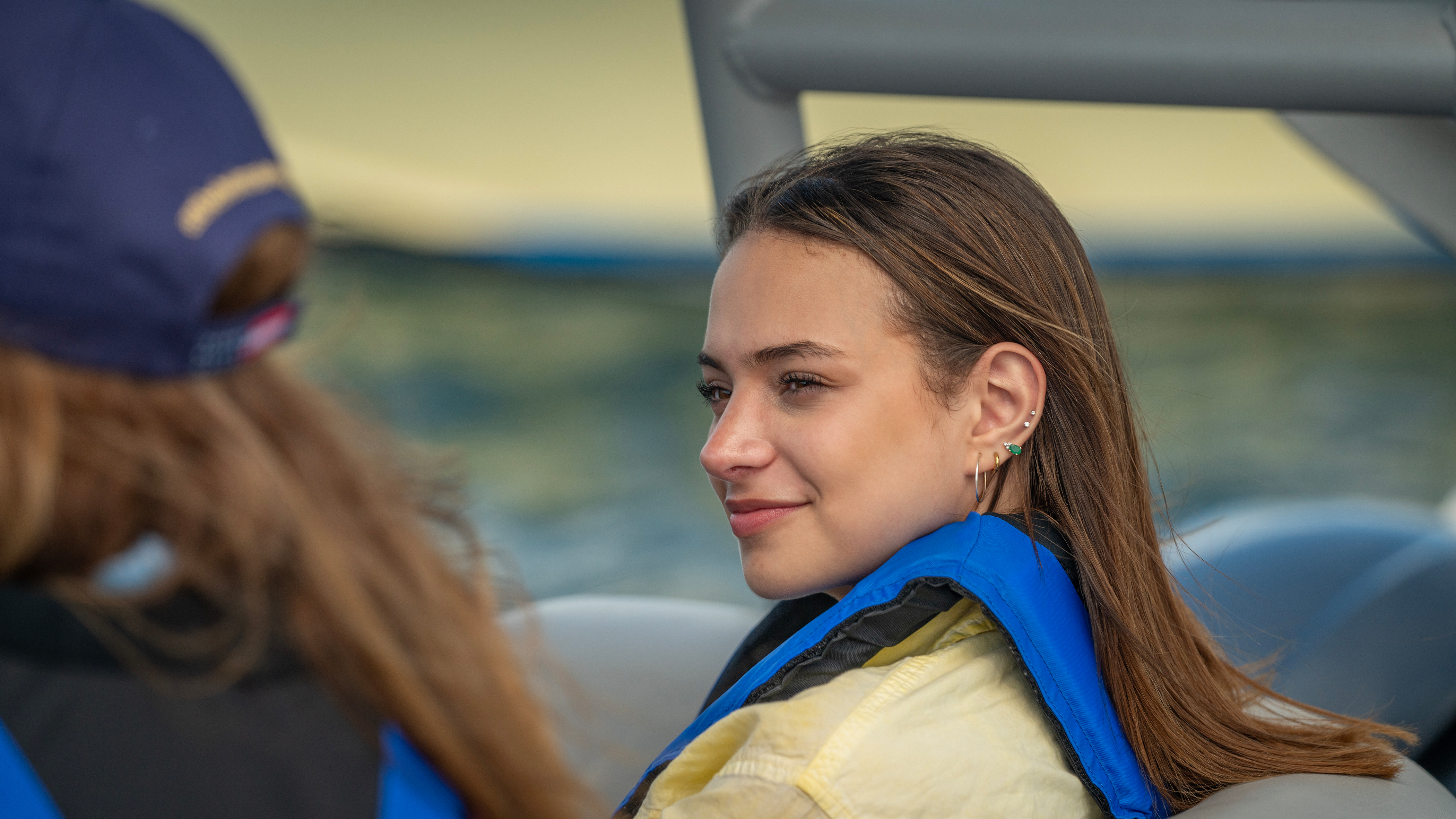
What Is a Type 3 Life Jacket?
Wearable life jackets, also known as personal flotation devices (PFDs), are categorized into levels based on buoyancy and are indispensable tools in water safety.
There are two main classes of lifejackets:
- The first is those that can turn someone face up in the water to support them regardless of consciousness or physical restraints (injury, fatigue, hypothermia)
- The second are those that require human input, such as swimming or postural movements, to help keep the head out of the water.
A Type 3 life jacket can support a conscious person in the water if they are upright. However, this type of device will not turn an unconscious person upright in the water from a face-down position.
So, if you choose a Type 3 jacket, it's crucial to understand how it can (and can't) help you in the water. This life jacket is commonly used when comfort and mobility are required for the intended activity (more on this below).
Design and Features of a Type 3 Life Jacket
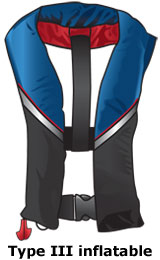
Type 3 life jackets are a lightweight option designed to be comfortable and offer a wider range of movement to the wearer compared to other more buoyant types.
This design feature ensures you can enjoy your activities near the shoreline without discomfort or restricted movement.
Regarding buoyancy, they provide a moderate buoyancy level, typically ranging from 15.5 to 22 pounds, which helps keep wearers afloat. This buoyancy is suitable for zones where swift rescue is likely.
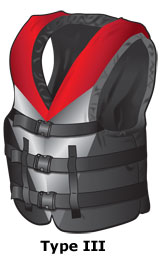
These types of life jackets are available in various styles, such as vests and waist packs, and are constructed of foam panels and adjustable straps for a snug fit with front entry buckle and zipper closure.
Who Needs a Type 3 Life Jacket?
So, when do you need a Type 3 life jacket? If you're enjoying recreational activities such as boating, kayaking, canoeing, and stand-up paddleboarding, then you should wear a type 3 life jacket.
Type 3 jackets are also recommended for near-shore activities in calm inland waters and those anticipating being rescued quickly if emergency rescue is required.
A snugly fit Type 3 life jacket can also help delay the start of hypothermia; however, this is not its primary use.
Legal Requirements and Compliance for Type 3 Life Jackets
All life jackets, including Type 3, must be evaluated and tested by a Coast Guard-approved laboratory to be classified as PFDs.
To meet U.S. Coast Guard requirements, a recreational vessel must have a U.S. Coast Guard-approved life jacket for each person aboard. This requirement extends to vessels such as kayaks.
These jackets must be in good serviceable condition, be the proper size and weight for the intended wearer, and fit correctly when worn.
Compliance is about avoiding fines, safety, and potentially saving someone's life (including yours). So, make sure you check your state's minimum PFD laws regarding children, as most young ones are required to wear a PFD when on the water.
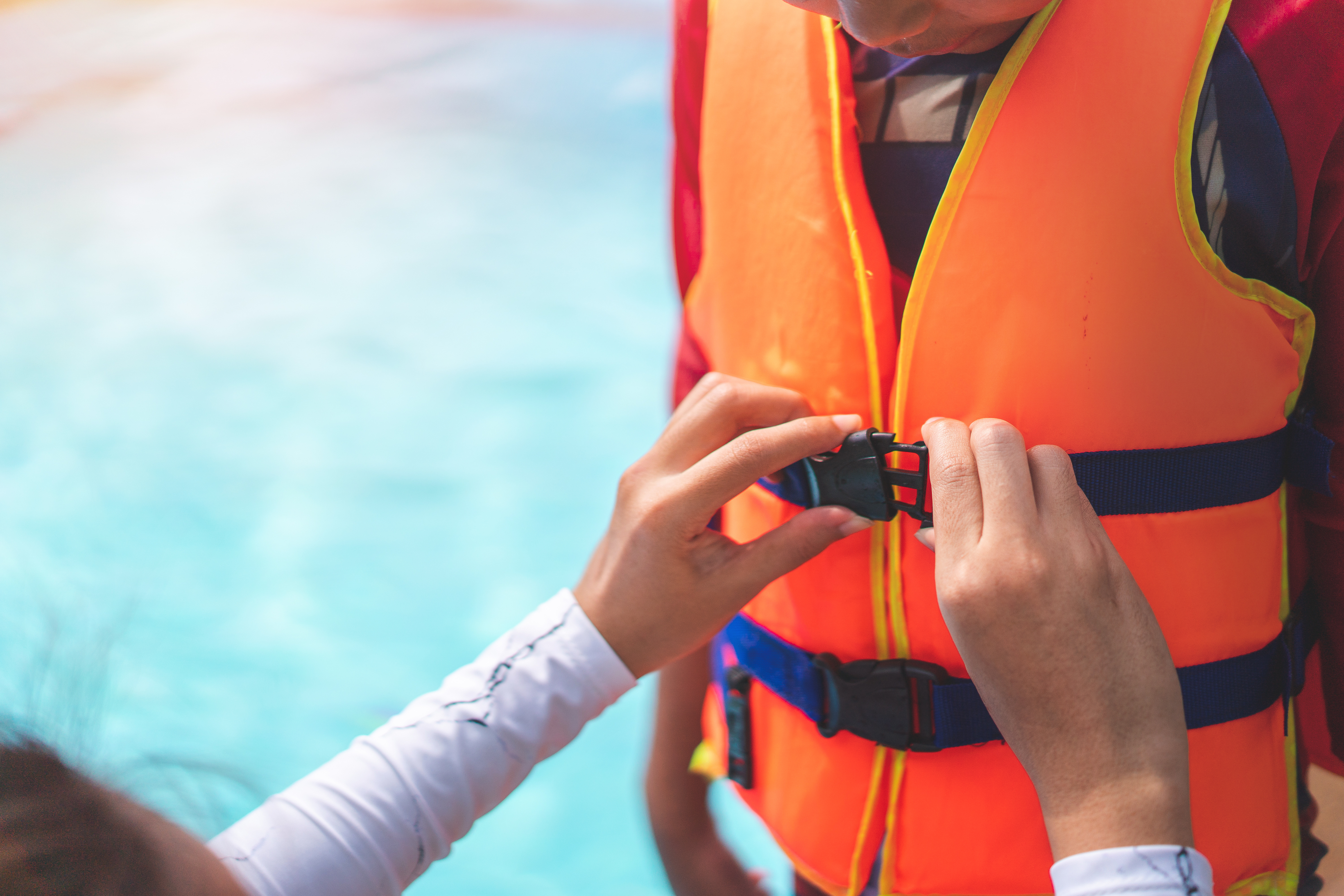
Choosing the Right Type 3 Jacket
Now that we've answered the question of "what is a Type 3 life jacket?" let's talk about how to choose one.
A good fit is crucial when choosing the proper lifejacket, so always check the label for size, buoyancy rating, and recommended activities.
You'll want a tight fit with a good range of movement when electing a Type 3.
To test the jacket, hold your arms above your head, ask a friend to grasp the tops of the openings of the shoulders, and gently pull up. If it doesn't slip, it fits. Finally, consider options like colors and additional components like reflective strips for extra safety.
How to Maintain and Care for Your Lifejacket
If you want your life jacket to take care of you in the water, you must also take care of it!
Use your Type 3 jacket only for its intended purposes and follow an appropriate care routine to keep it in working order.
After each use, wash with soap and water and dry thoroughly. When not in use, store your jacket in a cool, dry location, and always ensure the U.S. Coast Guard label is never removed and is legible.
Finally, remain vigilant about care and check for wear and tear regularly — if the life jacket shows signs of degradation, replace it.
How to Be Safe With Your Type 3 Life Jacket
Your PFD life jacket is just one (critical) piece of a large water safety framework.
At Boat-Ed, we encourage boaters and watersport enthusiasts to follow some of the additional guidelines for optimal water safety, including:
- Wear your lifejacket at all times
- Know your distance limits and stick to them
- Stay hydrated
- Check water conditions and weather reporting regularly
- Always tell people when you are heading out on the water
- Avoid alcohol consumption when on the water
Remember: the best way to stay safe and up-to-date on all water and boating regulations is to get safety certified. Boat-Ed can help you stay current on safety regulations and recommendations, so you enjoy more safe outings on the water every season.
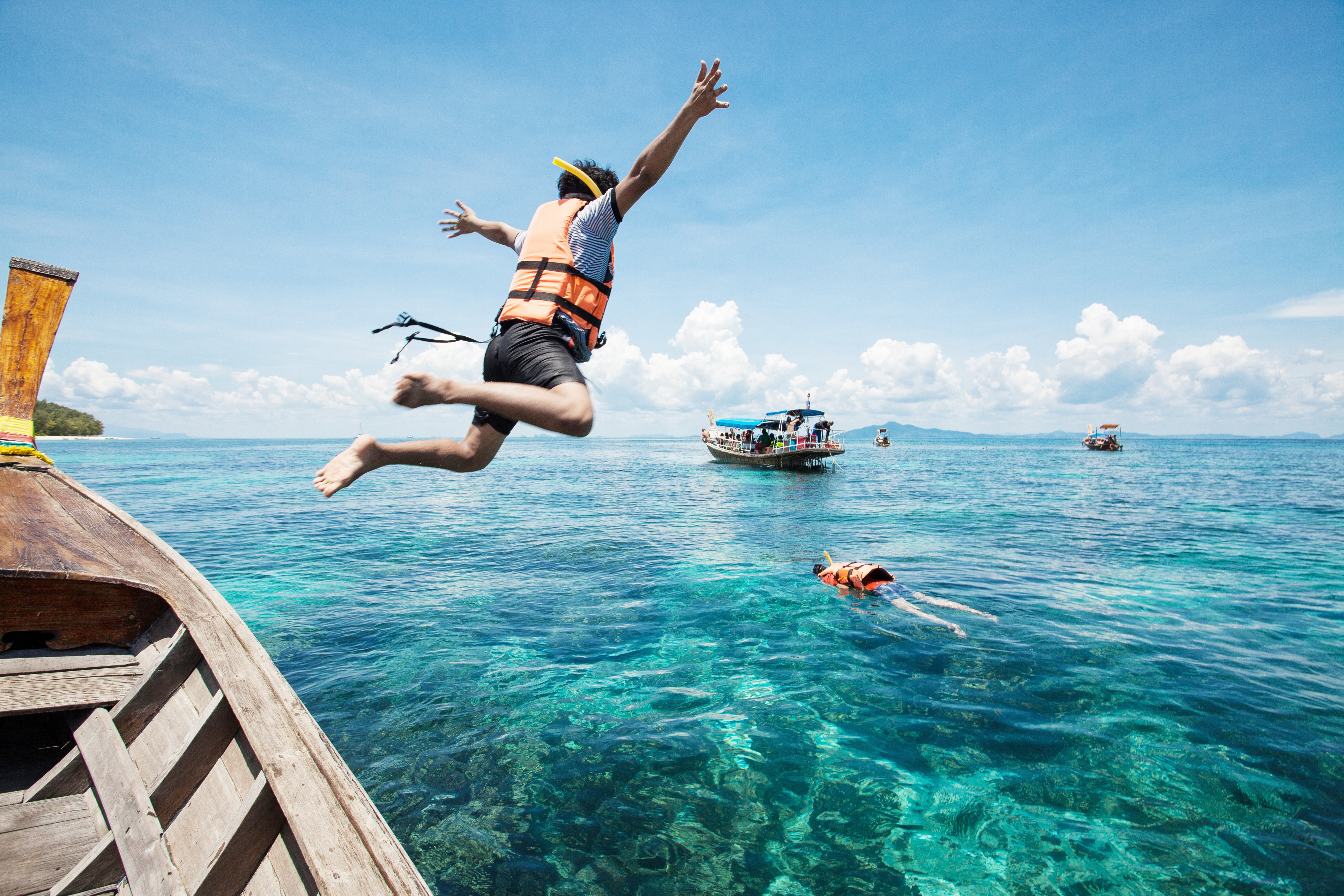
Use Type 3 Life Jackets and Boating Education to Stay Safe This Season
Finding and using the right life jacket is another step toward greater water safety and accident and injury prevention. There's no "one" strategy or approach to boating safety; instead, a range of strategies, preventative techniques, safety gear, and local knowledge contribute to a fun and risk-free day on the water.
The best way to keep yourself and your passengers safe during boating season is to take a boater safety course through Boat-Ed. Our state-approved and Transport Canada-approved courses cover everything you need to know about life jackets, boat safety equipment, how to help someone who falls overboard, and much more!
So, before you hit the water, make sure you have the right life jacket for everyone on board, and get safety certified. Find the course for your region and start learning!
Content most recently reviewed and updated for accuracy and recency June 17, 2025.
Learn more about life jackets, including choosing the right one for your water activities and how to keep them in good working condition!
Take our Life Jacket Technician course.


